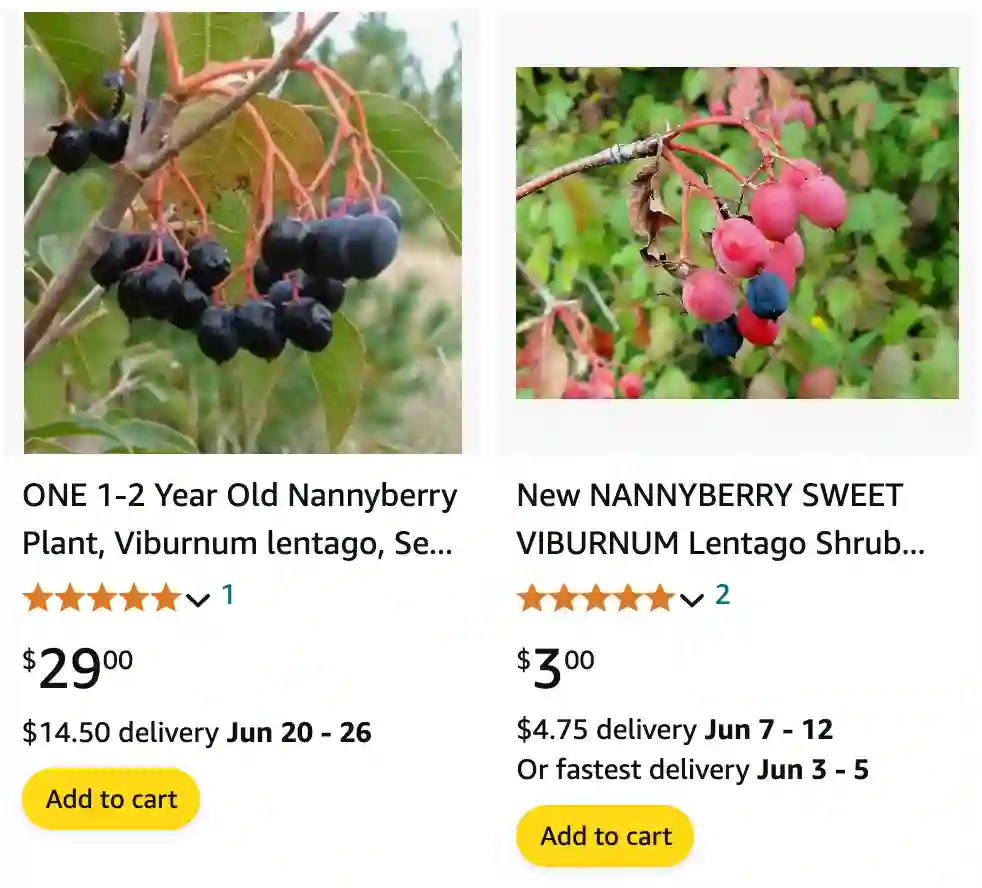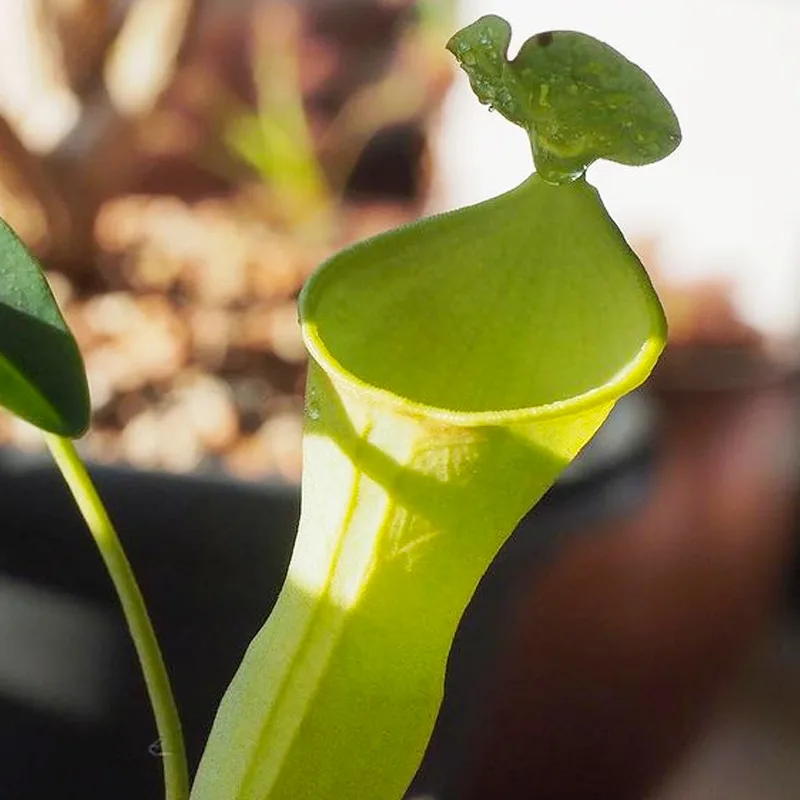
The Allure of the Nannyberry: My Viburnum lentago Journey
As a homeowner with a passion for creating a vibrant landscape, I’m always on the lookout for plants that offer year-round interest. That’s how I stumbled upon the Viburnum lentago, also known as the Nannyberry. This native North American shrub quickly captured my heart with its stunning display of flowers, colorful foliage, and attractive berries.
206 Species in Genus Viburnum
What type of tree is a Viburnum lentago?
Technically, the Viburnum lentago isn’t a true tree. It’s a large, multi-stemmed, deciduous shrub that can reach heights of 10 to 18 feet, with a spread of 6 to 12 feet. However, with careful pruning, it can be trained to grow as a small, single-trunk tree, reaching heights of up to 30 feet. This versatility makes it a fantastic addition to various landscapes, offering options for privacy screens, borders, or even a standalone specimen plant.
The Enchanting Seasons of the Nannyberry
The allure of the Viburnum lentago lies in its ability to provide visual interest throughout the seasons. Spring brings forth a magnificent display of white, flat-clustered flowers that attract butterflies and pollinators. These fragrant blooms add a touch of elegance and fill the air with a sweet scent.
As summer unfolds, the vibrant green foliage creates a lush backdrop. The leaves are glossy and have a delightful leathery texture. This dense foliage provides excellent shade and adds a sense of privacy to your outdoor space.
Come fall, the Viburnum lentago transforms into a dazzling spectacle. The green leaves transition into a stunning display of burgundy and red hues, adding a pop of color to your landscape. This vibrant autumn foliage is truly breathtaking and creates a focal point in your garden.
But the magic doesn’t end there. Winter reveals another captivating aspect of the Nannyberry – its clusters of dark blue berries. These berries persist throughout the winter months, adding a touch of life to the often-bare winter landscape. They also provide a valuable food source for birds, making your garden a haven for feathered friends.
How to plant and care for Nannyberry?
The Viburnum lentago is a relatively low-maintenance shrub, making it perfect for gardeners of all experience levels. It thrives in moist, well-drained soil and prefers full sun to part shade. When planting your Nannyberry, ensure you dig a hole that’s twice the diameter of the root ball and amend the soil with compost or organic matter for optimal drainage and growth.
Watering is crucial during the first year of establishment, especially during hot and dry periods. Once established, the Viburnum lentago is quite drought-tolerant. Regular mulching helps retain moisture and suppress weeds.
Pruning is optional but can be beneficial for shaping the plant and encouraging bushier growth. Prune lightly after flowering to remove dead or diseased branches and maintain your desired size and form.
How to Propagate Viburnum lentago?
If you’d like to expand your collection of Nannyberry shrubs, propagation is a fun and rewarding experience. You can propagate Viburnum lentago through softwood cuttings or seeds.
Softwood cuttings are best taken in early summer. Select healthy, non-flowering stems and cut them approximately 4-6 inches long. Remove the lower leaves and dip the cut ends in rooting hormone. Plant the cuttings in a pot filled with a well-draining potting mix and keep them moist. With proper care, they should root within a few weeks.
Seed propagation takes longer but can be a rewarding experience. Collect ripe berries in the fall and extract the seeds after removing the pulp. Stratify the seeds in a moist, cool environment for several months before planting them outdoors in the spring. Seedlings will take several years to reach maturity.
What to Plant with Viburnum lentago?
The Viburnum lentago is a versatile plant that complements a variety of other shrubs and perennials. Here are some ideas for companion plants:
- Spring-flowering bulbs: Plant daffodils, tulips, or crocuses at the base of the Viburnum lentago to create a vibrant display of color in early spring.
- Shade-loving perennials: Hostas, ferns, and coralbells thrive in similar conditions and add texture and interest to the understory.
- Summer-blooming shrubs: Combine the Nannyberry with colorful summer bloomers like hydrangeas or butterfly bushes to extend the season of interest.
- Evergreens: Include evergreen shrubs like holly or boxwood to provide winter structure and visual interest throughout the year.
Beyond the Beauty: The Ecological Benefits of Viburnum lentago
The Viburnum lentago isn’t just a beautiful addition to your landscape; it also provides valuable ecological benefits. The flowers attract pollinators like butterflies and bees, while the berries offer a food source for birds. This plant helps create a healthy and vibrant ecosystem in your backyard, supporting a diverse range of wildlife. Additionally, the dense foliage provides nesting sites for birds and helps to control soil erosion, making the Viburnum lentago a responsible and sustainable choice for your garden.
Whether you’re a seasoned gardener or just starting, the Viburnum lentago is a fantastic addition to your landscape. With its stunning seasonal displays, ease of care, and ecological benefits, this versatile shrub offers something for everyone. So, why not consider adding a touch of elegance and natural beauty to your garden with the captivating Nannyberry?
If i die, water my plants!



